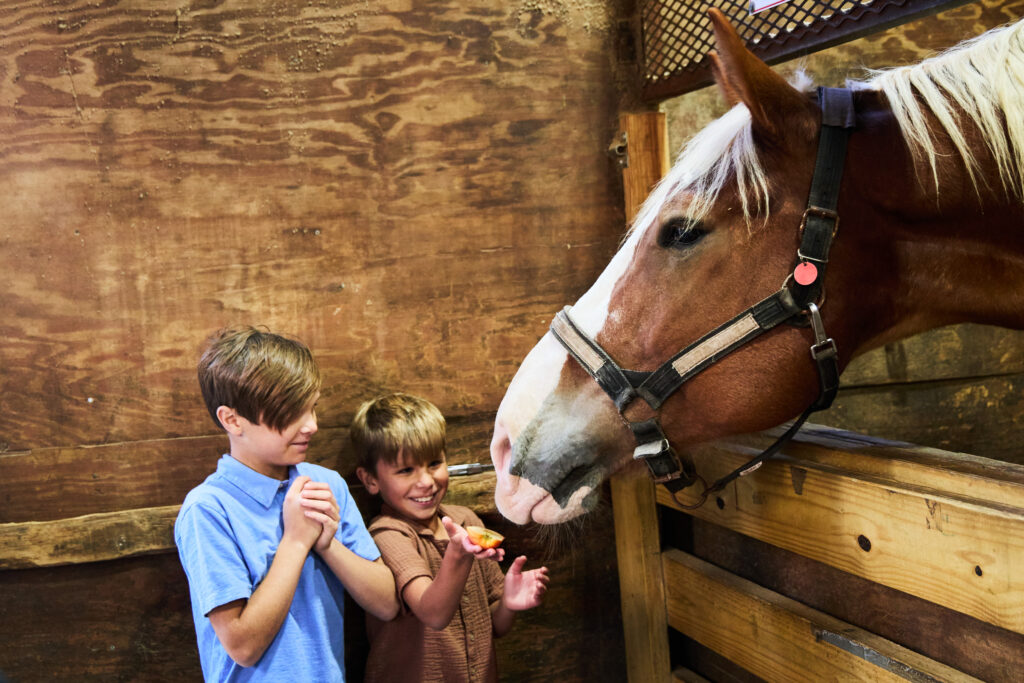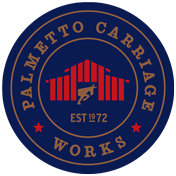
Julie M. Rosser, DVM, DACVS
Anna Ardis, BS, BA, MAT
Clinic for Equine Surgery, Veterinary Medical University of Vienna, Vienna, Austria
Received: September 3, 2013; Received in revised form: December 26, 2013; Accepted: January 6, 2014; Published Online: January 17, 2014
Equine Welfare and Carriage Horse Companies have been recently highlighted as matters of public concern, although little data exists to describe working conditions, municipal regulations, and veterinary attention. In light of the current pandemic of unwanted horses in this country, it is prudent for the veterinary community to identify objective measurements of satisfactory equine welfare in the carriage horse industry to regulate and maintain working horses in sound conditions. Retrospective data from a carriage company in South Carolina was collected from 2009 to 2012. Variables included days in work, hours and/or tours worked, veterinary charges, management practices, and environmental conditions. City veterinary reports were also reviewed for all five local carriage companies. The average number of days in work per animal ranged from 163 to 188 per year. On average, each animal performed 4.6 hour long tours per working day, resulting in an average 865 tours per year. Each animal cost on average $2.00 per day in veterinary costs, and $0.84 of each animal’s tour went toward veterinary bills. Welfare among carriage horses is a subject on which equine veterinarians should be well versed; not only to answer questions from clientele but also to promote good working and living conditions for these animals in an effort to stem the number of unwanted horses in America. The carriage company reported in detail here provides acceptable welfare for their animals. Prospective studies are needed to collect objective, evidence-based data regarding stress levels in the animals.
For the full report click here
